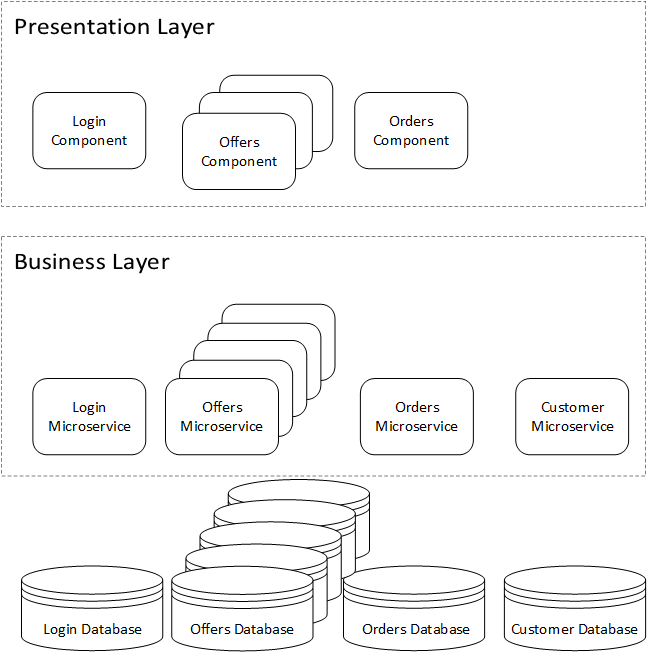Defining microservices principles will allow us to build scalable, easy-to-maintain enterprise applications. We will focus on benefits and downsides when we review them. We understand that sometimes there could be some disagreement in some of them; however, we encourage you to review them all. Finally, we know that there are probably dozens or more principles that could be included, but we chose the ones that made most sense in the context of this book.
-
Book Overview & Buying

-
Table Of Contents
-
Feedback & Rating

Hands-On Microservices with Kotlin
By :

Hands-On Microservices with Kotlin
By:
Overview of this book
 Free Chapter
Free Chapter



